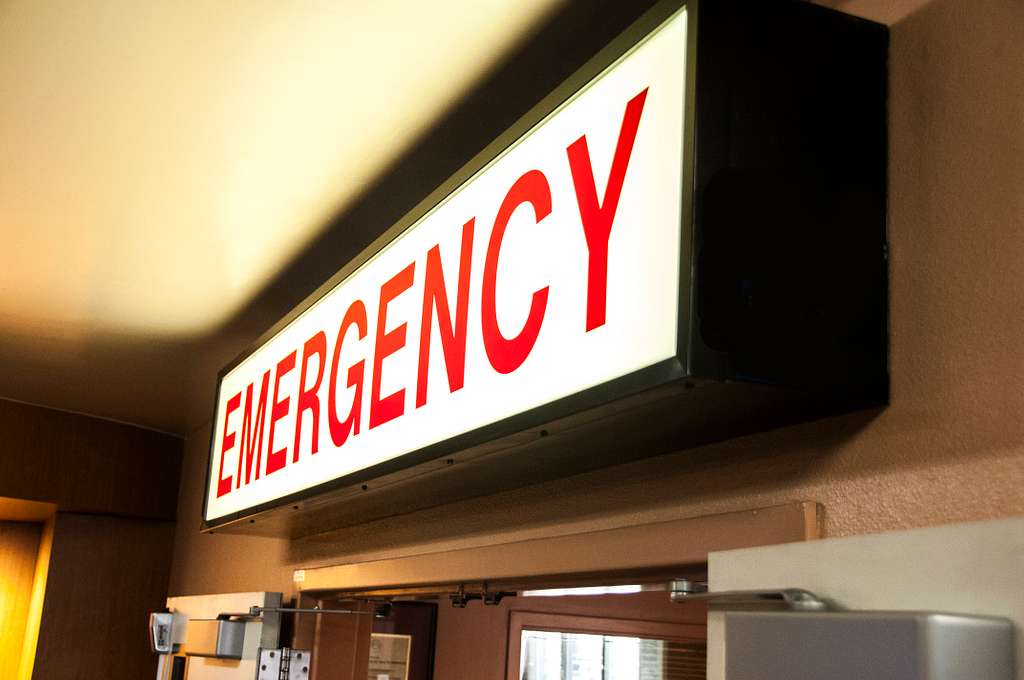Posted on December 22, 2021
Where To Go To Get the Right Care at the Right Place
Burlington, Mass. – You may have heard that hospitals are busier than ever. You’ve just slipped in your driveway and think you may have sprained or broken your ankle. You need to see a doctor. But where? Should you go to the nearest emergency department, or to urgent care? Should you call your primary care physician?
“The staff at LHMC is working very hard to care for all the patients who need us. Hospitals are facing high volumes in the emergency departments and it can be overwhelming to know who to call or where to go,” said Malcolm Creighton, MD, chair of the Department of Emergency Medicine and Hospital Based Specialties of Lahey Hospital & Medical Center (LHMC). “For non-urgent or non- life-threatening symptoms, calling your primary care provider or going to an urgent care center may be a better option and help people avoid potentially long emergency department wait times.”
When To Contact Your Primary Care Physician
Primary care physicians know their patients and their patients’ medical history best. They can diagnose and treat non-urgent conditions such as minor infections, headaches, muscle pains, minor scrapes and bruises.
Examples of care available through primary care:
- Cold, flu and sore throat
- Ear, sinus or urinary tract infection
- Headaches and muscle pains
- Stomach pains, nausea, diarrhea, or constipation
- Minor scrapes or bruises
- Managing chronic diseases, such as diabetes and high blood pressure
“Primary care providers also help manage a patient’s chronic diseases and are a valuable resource for patients in helping them to effectively manage their care,” said David Longworth, MD, president of LHMC and chair of Beth Israel Lahey Health Primary Care. “For some conditions, telehealth may also be an option, allowing the patient to have an appointment with their provider in the comfort of their own home.”
When To Go to the Urgent Care Center
For non-emergent injuries that are beyond the scope of primary care but don’t rise to the level of emergency care, urgent care centers are also an option. Urgent care centers can perform a multitude of tests — with some locations offering X-rays and lab services, and some centers offering IV fluids for dehydration or IV antibiotics for an infection. Additionally, visiting an urgent care center can save you time and money.
Examples of care available through urgent care:
- Sprains
- Minor animal bites or stings
- Minor cuts or burns
- Dehydration
- Pink eye
- Rashes or other skin issues
- Primary care concerns (if unable to see primary care provider).
When To Go to the Emergency Department at the Hospital
For managing chronic illnesses or cold and flu symptoms, start with a call to your primary care physician’s office. For that sprained or broken ankle, rash, and other mild-to-moderate symptoms, going to urgent care can save you time and money. Patients needing more complex emergency care should call 911 or seek care at the closest the emergency department.
Examples of care available through the emergency department:
- Chest pain or difficulty breathing
- Serious burns, cuts, or lacerations
- Broken bones or dislocated joints
- Fainting, changes in mental state, or slurred speech
- Head or eye injuries
- Weakness and/or numbness in one side
- You should also visit the emergency department if another provider instructs you to do so, or if it’s your only option at the current time and location.
Original Article – https://www.lahey.org/lhmc/article/deciding-between-visiting-primary-care-urgent-care-or-the-emergency-room/





